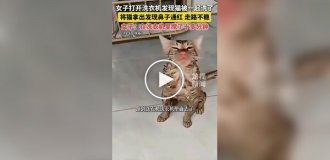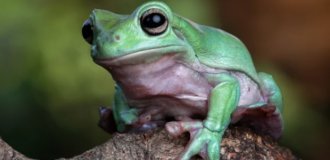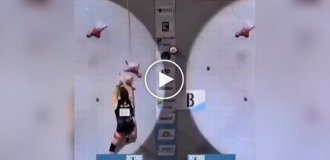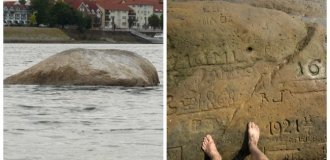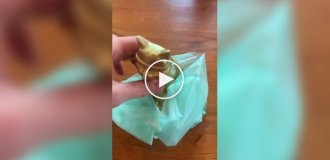Corpses of “aliens” from Mexico: mummies were fingerprinted, and they are not human (4 photos)
Forensic experts could not find a match with the pattern on the fingers familiar to people. 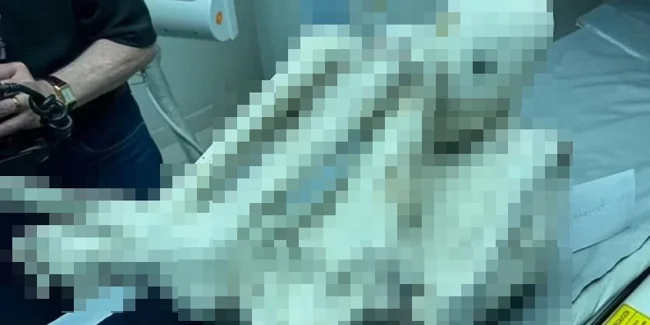
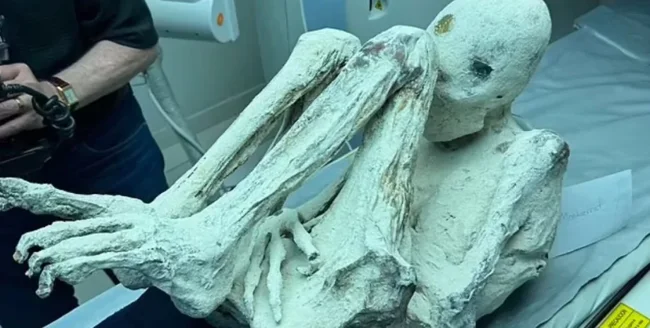
In Mexico, experts continue to study the “alien mummies” that were presented to Congress last year, writes the Daily Mail.
Recent research has raised even more questions about the origins of the strange mummies. In particular, diagonal grooves were found on the hands and feet of one of the mummies, instead of fingerprints familiar to people.
The mummies were first shown to the Mexican Congress by television journalist and UFO researcher Jaime Mossan. According to him, mummies are the corpses of aliens. His theory was later refuted, saying that the “evidence of extraterrestrial life” presented were just ordinary dolls.
Now former Colorado prosecutor and current defense attorney Joshua McDowell has examined the "alien" samples with the help of three independent US forensic experts. 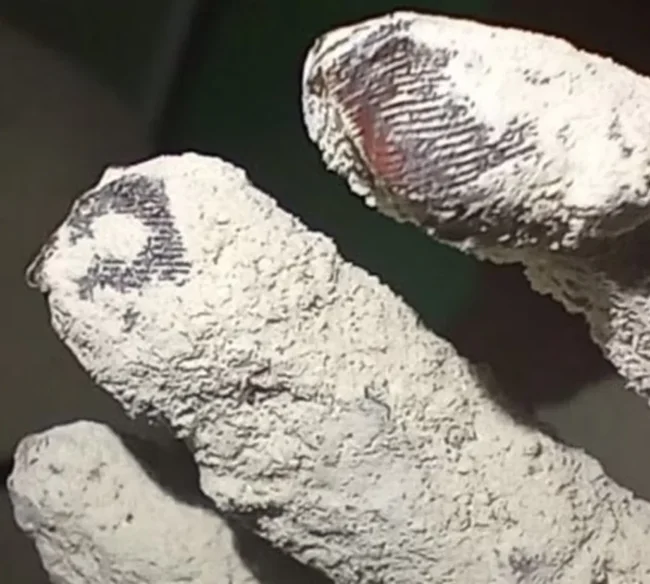
"These were not normal human prints," McDowell said.
Forensic investigators around the world have long relied on fingerprints, or so-called papillary lines, on people's fingers. There are three main types of fingerprints: arches, loops, and whorls.
But one of the mummies, who was named Maria, was found to have prints whose pattern does not match any of the known human specimens.
"We didn't find any loops or swirls in the fingerprints or toenails. I'm a former prosecutor and criminal defense attorney, so I've dealt with a lot of fingerprints. Maria's fingerprints do not match human prints," McDowell said. 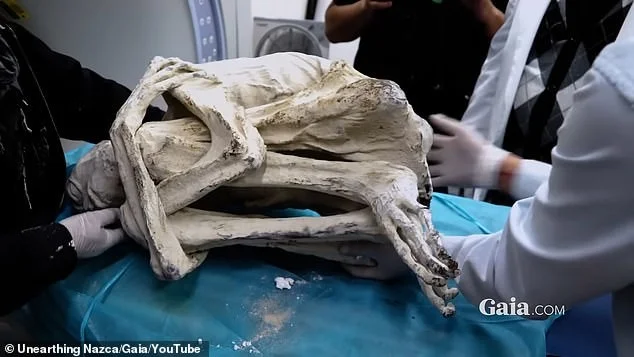
Like most of the mummies discovered by the TV reporter last year, Maria was found in diatomaceous earth - white, powdery fossils of plankton.
"Most of her body is covered in diatomaceous earth, and on her exposed toes the epidermal ridges I saw looked like straight lines," McDowell explains.
McDowell and three American forensic experts who examined the mummies say it is "extremely premature" to draw any conclusions about the mummies' origins. The lawyer believes that there may be a completely earthly explanation for Maria's strange fingerprints.
“Perhaps it has something to do with how her skin was preserved in these places,” the lawyer suggests.
He added that no conclusions have yet been drawn about the nature of the samples, and the team continues to work to find answers.
Maria is one of the specimens called "Nazca mummies" after the province in southwestern Peru where the bodies were believed to have been discovered.
Most of these specimens have elongated skulls and three-fingered hands, which are reminiscent of picture “aliens” from science fiction films.
Back in January, Flavio Estrada, a forensic archaeologist at the Ministry of Justice's Institute of Forensic Medicine and Forensic Medicine of Lima, told a assembled press conference that the bodies of the so-called Peruvian aliens were "dolls."
"The conclusion is that these are dolls that were assembled from animal bones using modern synthetic adhesives," Estrada said. 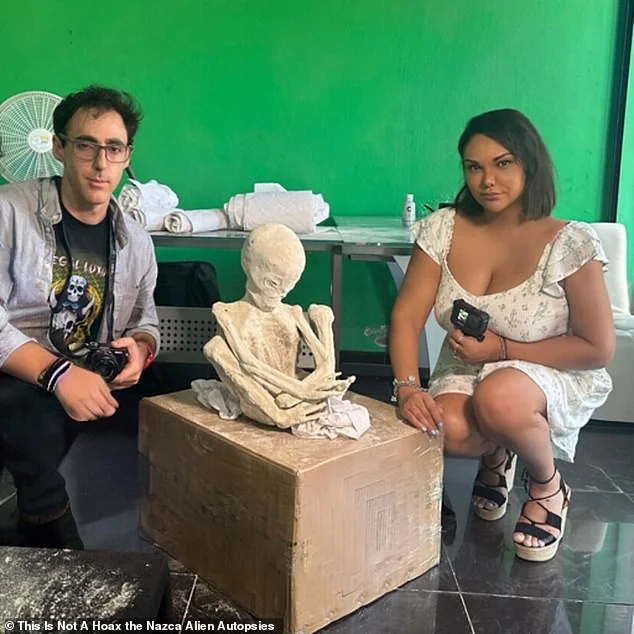
True, Mary's mummy is not very similar to smaller specimens, which really resemble dolls. New fingerprint analysis suggests that some Peruvian mummies are not dolls or were made from more frightening materials than animal remains.
But these mummies also have their critics. Latin American historian Christopher Heaney recalls that in some regions of Latin America, including Peru, there was a tradition of lengthening human skulls, which was performed even at the stage of infancy.





